A bit about the A10-5800K
The AMD A10-5800K is a part of the Trinity line up of accelerated processing units by industry giant, Advanced Micro Devices. The Trinity series of processors is different from AMD’s FX series, as well as the Ryzen series. For more information on AMD’s Ryzen and FX processors, read our blog article here.
The A10-5800K is a quad-core APU, that can run up to 3.8GHz base clock and 4.2GHz turbo clock. All of the “Trinity” chips have built-in graphics, and the A10-5800K packs an AMD Radeon HD 7660D GPU.
Upon closer inspection, the A10-5800K operates on two x86 modules, both of which house 2 “Piledriver” cores, equalling the quad-core CPU. Piledriver is an AMD micro architecture creation, which preceded “Bulldozer”. Unfortunately, if your computer was running AMD’s previous “Llano” APU, and you want to upgrade to the A10-5800K, it will require a new motherboard as the A10-5800K uses a new socket type.
Also housed within the A10-5800K is, a dual channel DDR3 memory controller, AMD HD media accelerator, HDMI, DisplayPort 1.2, a 4MB L2 cache, and the GPU has 384 cores operating at 800MHz. In addition to the listed features above, the A10-5800K has AMD Eyefinity Technology, allowing users to connect up to four monitors, assuming your motherboard has the support.
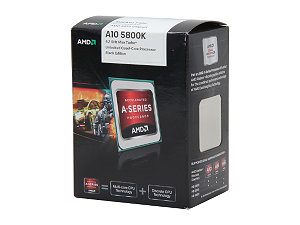
The “K” in the A10-5800K means that the chip is unlocked. This will allow users to change their multiplier and CPU frequencies to aid in over clocking the system quite easily.
A10-5800K Crossfire
One of the nicest advantages of the A10-5800K is that it has “CrossFire” capabilities. AMD CrossFire technology gives the user the option to operate multiple graphics cards, that work in parallel to increase gaming performance. If you don’t mind spending some extra money to get another GPU, it will give you a nice boost in performance and quality in your gaming experience.
Although, even with AMD’s CrossFire technology, the A10-5800K isn’t powerful enough to run some of the biggest games at their highest quality. If you’re willing to compromise graphics quality, the A10-5800K could play some of them with minimal FPS loss. If you’re wanting to build a heavy top of the line gaming rig, you’ll need something a bit more current and powerful.
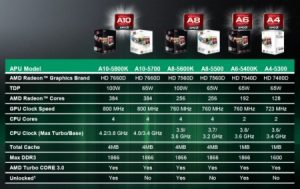 AMD A10-5800K
AMD A10-5800K Benchmarks
Benchmarks
When using Cinebench 1.15 to test single threaded performance, the A10-5800K only came up with a 1.08. It’s a better rating than the Llano APU, but still came out far behind the Intel Core i3 3220, a similar APU which rated at 1.37. A multi-threaded test has the AMD at 3.31 and the Intel at 3.29.
At an idle state, the power consumption for the AMD stay around 32 watts, but when pushed can consume up to roughly 113.8 watts, almost double the watts needed in the same circumstances as the Intel i3 3220. At 100 watts, you’ll need to ensure you have a decent CPU cooler to maintain a nice temperature and not burn out your chip, if you’re going to really be pushing.
CPU Performance
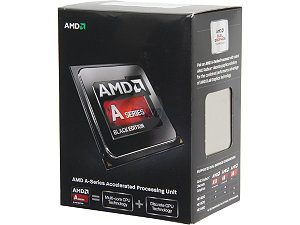
When it comes to gaming performance, the AMD beats out the Intel in overall performance. While the Intel i3 3220 is slightly more expensive, priced roughly about $20 – $30 USD more than the A10-5800K , the two chips are pretty evenly matched, with gaming being AMD’s edge. It could be argued that between the two chips, the Intel i3 is slightly, if not out right better in every other respect, thus the superior APU.
The biggest flaw in the AMD-5800K is it’s simply out of date. The AMD-5800K was first released in 2012, and since then has been eclipsed in performance when compared to AMD’s and Intel’s current APU chip models.
However, it’s cheap. If you’re looking to build a custom desktop without breaking your wallet, for watching HD videos, general office duties, internet browsing, and low level gaming, then the AMD-5800K should do just fine. Also consider this list of budget gaming processors if you’re looking for something affordable yet capable of pairing up with a mid-tier video card.
-
Features - 7.25/107.3/10
-
Functionality - 8.5/108.5/10
-
Value - 9/109/10












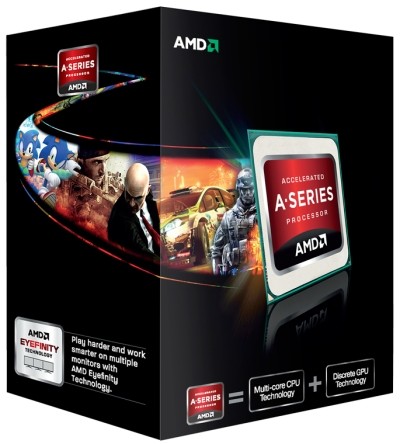
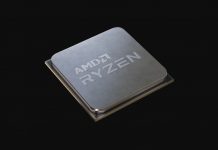
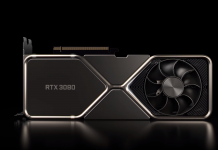
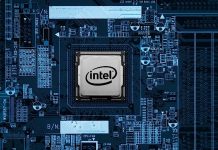


![[How To] Play Call of Duty Modern Warfare 2 Spec Ops LAN Online Using Tunngle How to Play Call of Duty Modern Warfare 2 Spec Ops LAN](https://mysteryblock.com/wp-content/uploads/2013/07/How-to-Modern-Warfare-150x150.jpg)
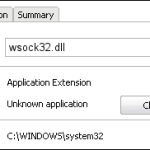






![[How To] Play Call of Duty Modern Warfare 2 Spec Ops LAN Online Using Tunngle How to Play Call of Duty Modern Warfare 2 Spec Ops LAN](https://mysteryblock.com/wp-content/uploads/2013/07/How-to-Modern-Warfare-100x70.jpg)